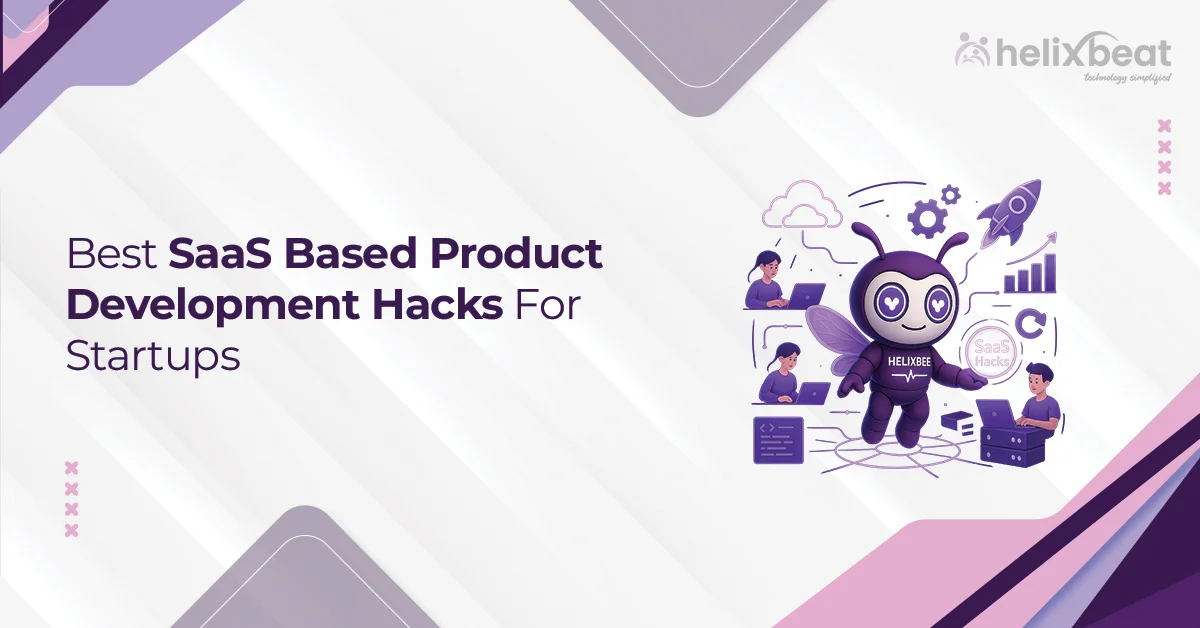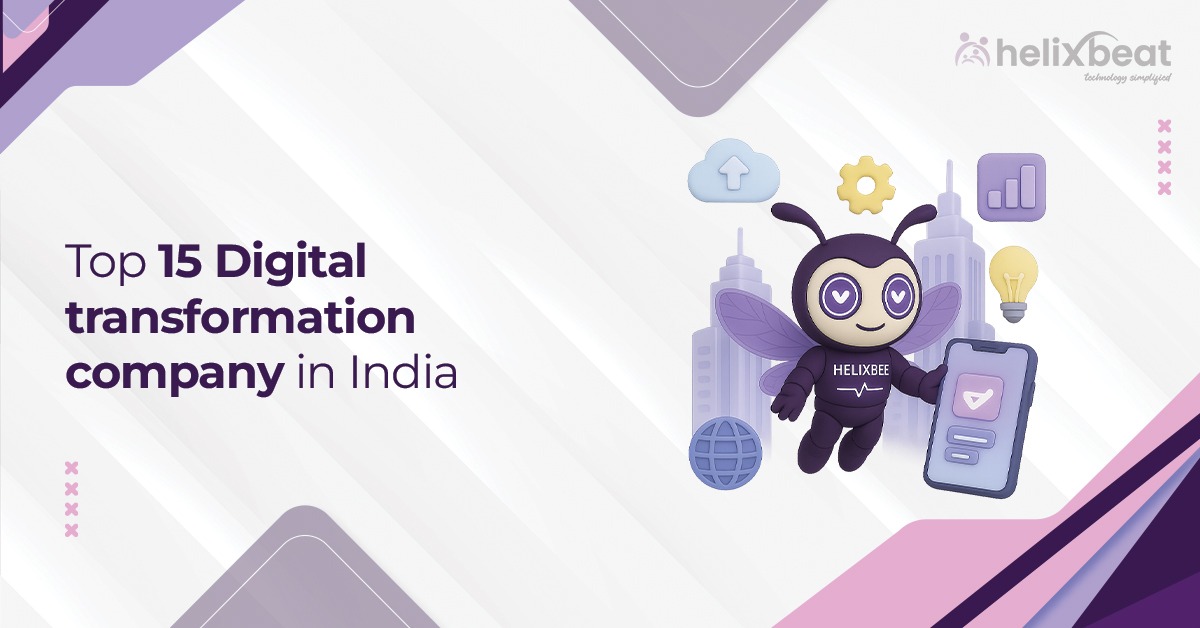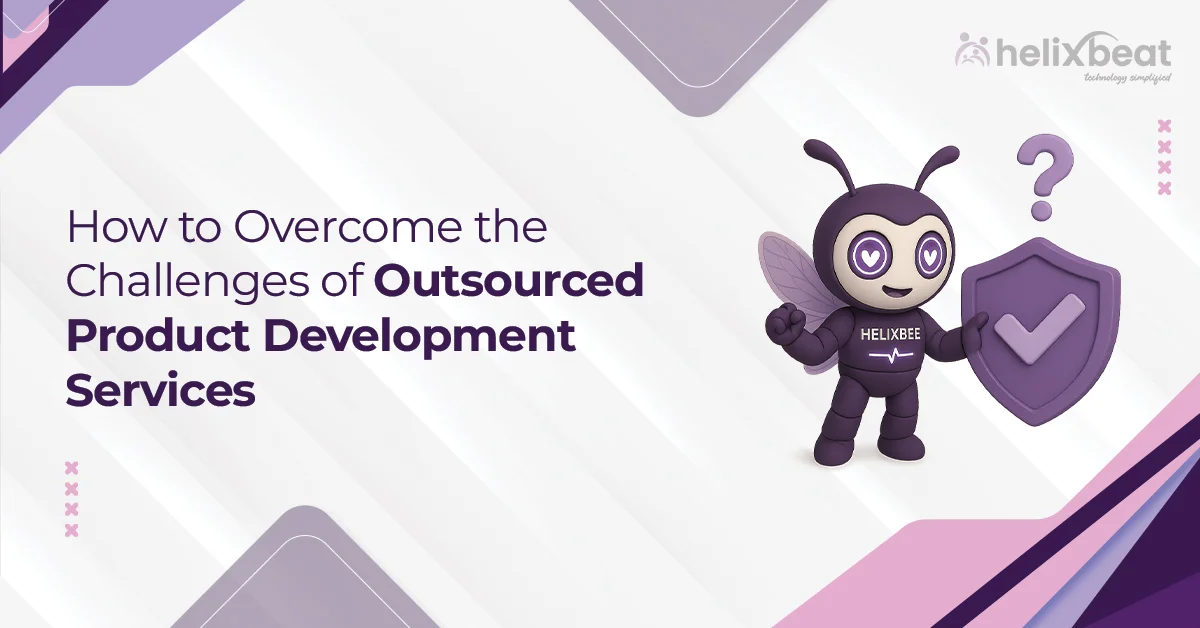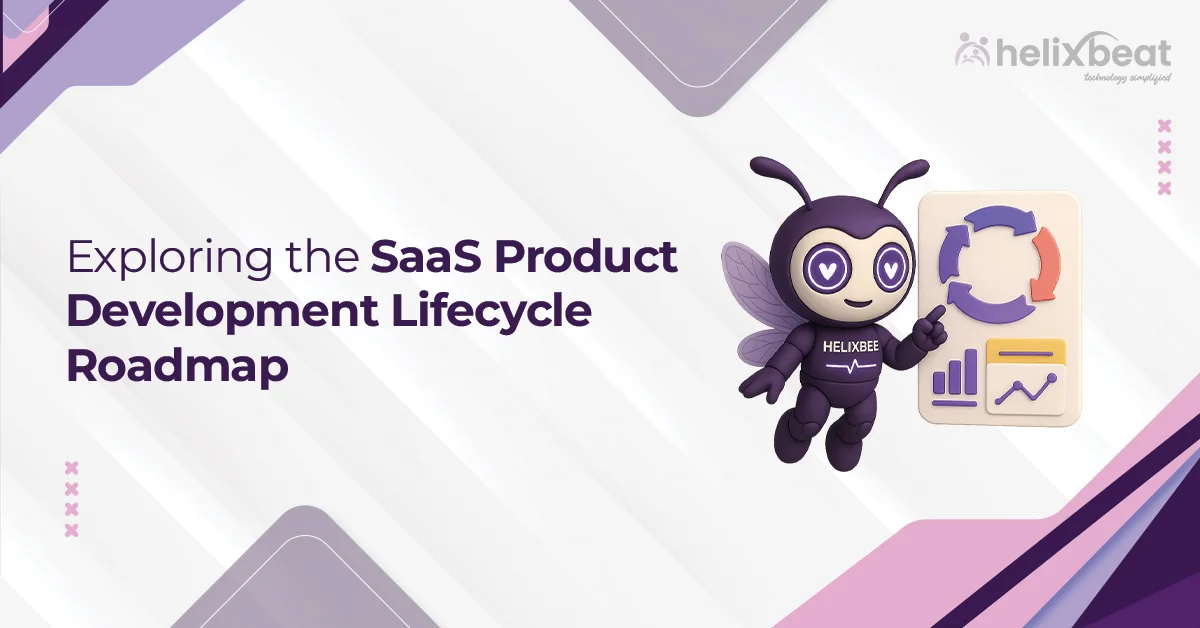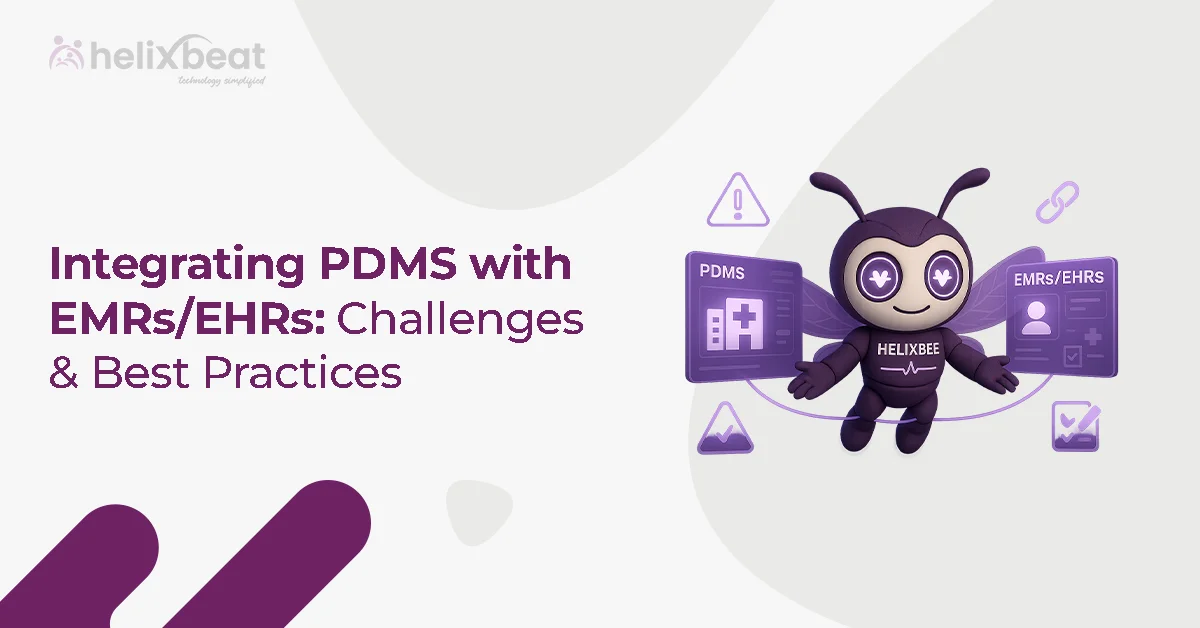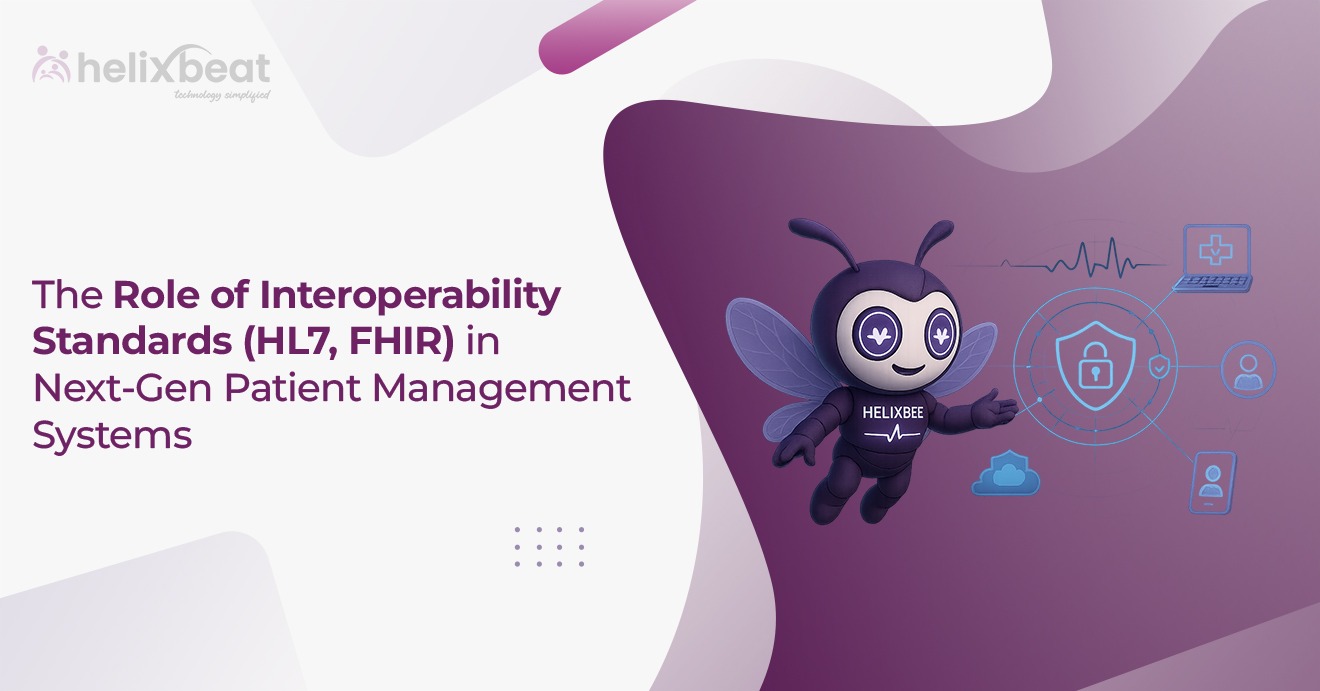A 2024 report by CIMdata reveals that 78% of companies utilizing product lifecycle management tools experienced a 15–25% faster product launch within just one year. This demonstrates the importance of having the right tools in speeding up product development and reducing delays.
PLM software helps teams manage everything from design and development to changes, quality, and compliance all in one place. But when combined with Progressive Web Apps (PWA), these tools become even more powerful. PWAs let users access PLM platforms from any device, even offline, making it easier for teams to work from anywhere.
In this blog, we’ll explain what PLM tools do, when to use them, how PWA boosts their performance, and which PLM tools are the best for faster, smarter product development.

Table of Contents
What is PLM Tools?
PLM tools (Product Lifecycle Management tools) are software solutions that help manage every stage of a product’s journey from design to manufacturing and end-of-life. They centralize product data, support collaboration across teams, and offer features like BOM management, CAD integration, and change tracking. By using PLM tools, companies improve efficiency, reduce errors, and speed up time-to-market while keeping engineering, quality, and compliance aligned.
Why PLM Tools are Important for Software Development?
Product lifecycle management isn’t just for physical products, they play a crucial role in software development too. They help teams stay organized, reduce errors, and deliver high-quality software faster.
- Centralized Version Control: PLM tools help manage software revisions, dependencies, and release cycles, reducing confusion across distributed teams.
- Improved Collaboration: They connect developers, testers, product managers, and stakeholders on a single platform with real-time updates and access control.
- Efficient Change Management: Track and manage feature requests, bug fixes, and change approvals systematically, ensuring traceability and accountability.
- Compliance & Audit Readiness: Maintain complete documentation and traceability for compliance with industry standards like ISO, FDA, or GDPR.
- Integration with DevOps Tools: Modern PLM platforms often integrate with CI/CD pipelines, issue trackers, and version control systems for seamless workflows.
- Better Resource Allocation: Gain insights into workload distribution, project bottlenecks, and task dependencies to optimize team productivity.
Top 10 PLM Tools That Increase Your Development Speed
When it comes to accelerating product development, Product Lifecycle Management tools play a vital role by reducing design iteration time, improving cross-functional collaboration, and keeping engineering processes synchronized.
Below are 10 of the most efficient PLM software tools in 2025 carefully selected for their ability to boost speed, agility, and digital transformation across industries.
1. Siemens Teamcenter
A gold standard in enterprise PLM, Siemens Teamcenter offers high-speed collaboration tools, enterprise-grade scalability, and unmatched integration with CAD, ERP, and simulation platforms. It enables faster product iterations through automated workflows, real-time BOM updates, and global collaboration features.
- Best For: Large enterprises in automotive, aerospace, and industrial manufacturing
- Notable Advantage: Speeds up approvals and engineering change orders with intelligent workflows
- Pricing: Custom
2. PTC Windchill
Known for its IoT and digital thread capabilities, PTC Windchill empowers engineering teams with real-time visibility across the product lifecycle. It helps companies eliminate redundancies, enabling faster go-to-market with features like structured change management, version control, and cloud-native architecture.
- Best For: Smart manufacturing, digital transformation initiatives
- Notable Advantage: Real-time collaboration tools for geographically distributed teams
- Pricing: Subscription-based, custom pricing
3. Aras Innovator
As an open-source and modular PLM platform, Aras Innovator offers rapid customization, enabling teams to create tailored workflows that reduce process friction. Its ability to evolve quickly with business needs makes it perfect for fast-paced engineering environments.
- Best For: Aerospace, defense, electronics, and innovation-driven industries
- Notable Advantage: Fast adaptation to unique business processes through open architecture
- Pricing: Core is free; custom pricing for enterprise add-ons
4. Oracle Agile PLM
Focused on complex product ecosystems, Oracle Agile PLM enhances decision-making speed through robust analytics, traceability, and tightly integrated supply chain management. It offers fast, auditable change control processes that reduce bottlenecks in high-compliance sectors.
- Best For: Electronics, medical devices, and regulated industries
- Notable Advantage: Quick risk assessment tools for rapid go/no-go decisions
- Pricing: Custom
5. Arena PLM (by PTC)
Cloud-native and user-friendly, Arena PLM is built for speed and simplicity. It accelerates product launches for SMBs with intuitive interfaces, fast onboarding, and streamlined approval processes—all while maintaining data integrity and version control.
- Best For: Electronics, medical devices, consumer goods (SMBs)
- Notable Advantage: Quick deployment and minimal learning curve
- Pricing: Starts at $79/user/month
6. SAP PLM (Part of SAP SCM)
SAP PLM is ideal for companies using the SAP ERP ecosystem, helping reduce product cycle times with real-time visibility into costs, compliance, and production. Its integration capabilities allow faster data flow between departments, resulting in improved decision velocity.
- Best For: Enterprises already using SAP for finance, supply chain, or manufacturing
- Notable Advantage: Streamlined handoff between engineering, procurement, and production teams
- Pricing: Custom
7. Autodesk Fusion Lifecycle (Fusion 360)
Affordable yet powerful, Autodesk Fusion Lifecycle is favored by startups and agile teams for its lightweight deployment and built-in CAD compatibility. It simplifies task tracking, change requests, and milestone approvals—cutting delays in prototyping and validation stages.
- Best For: Startups, product design teams, small to mid-sized manufacturers
- Notable Advantage: Fast implementation and integrated CAD workflows
- Pricing: Starts at $25/user/month
8. Dassault Systèmes ENOVIA (3DEXPERIENCE)
Part of the powerful 3DEXPERIENCE platform, ENOVIA allows rapid concept-to-delivery through unified design, simulation, and collaboration tools. Its seamless data integration and traceability features make it ideal for companies aiming to compress development cycles.
- Best For: Design-led industries such as consumer goods, industrial design, and architecture
- Notable Advantage: Supports agile product development and real-time stakeholder alignment
- Pricing: Based on packages
9. OpenBOM
Specifically designed for real-time BOM management, OpenBOM provides fast access to accurate product data and revision history. Lightweight and affordable, it supports fast-paced teams working across design, sourcing, and manufacturing with minimal overhead.
- Best For: Small manufacturers, hardware startups, and distributed teams
- Notable Advantage: Rapid BOM creation and version control without heavy infrastructure
- Pricing: Starts at $19/user/month
10. Propel PLM
Built natively on Salesforce, Propel PLM brings speed and flexibility to product teams via CRM-PLM integration. It’s ideal for agile teams seeking real-time collaboration, quick approvals, and seamless user experience all in a familiar cloud environment.
- Best For: Consumer tech, electronics, and mid-market companies
- Notable Advantage: Unified customer-product feedback loop speeds up iterations
- Pricing: Custom
By selecting the right product lifecycle management tools, teams can accelerate development, reduce errors, and bring high-quality products to market faster.
Factors to consider Before Selecting PLM Software
Before choosing the right product lifecycle management tools, it’s important to check key factors that impact long-term success and scalability.
1. Scalability and Business Needs: Choose PLM software that fits your current operations and can scale as your business grows. Small teams need quick setup; large enterprises need advanced configuration and multi-site support.
2. System Integration: Your Product lifecycle management tools should integrate smoothly with existing systems like CAD, ERP, and CRM. Seamless data flow boosts efficiency and reduces manual work.
3. Workflow Flexibility: Look for PLM tools that allow customization of workflows, fields, and user roles. Flexible tools adapt better to your team’s unique processes.
4. Total Cost of Ownership: Consider licensing, setup, training, and maintenance costs. Cloud PLM tools lower infrastructure needs, while on-premise options offer more control in regulated industries.
Why Choose Helixbeat for Your Product Development Needs
Helixbeat offers a powerful combination of domain expertise, agile delivery, and cutting-edge technology to accelerate your product development journey.
Whether you’re building a healthcare platform, SaaS solution, or enterprise-grade software, Helixbeat provides full-stack support from UI/UX design to cloud deployment.
Here’s why product teams trust Helixbeat:
- Faster Time-to-Market: Pre-built modules, API-first design, and automation speed up product delivery.
- Agile Product Teams: Dedicated experts work with you across sprints, adapting to changing needs.
- Domain Expertise: We specialize in healthcare, SaaS, enterprise software, and digital transformation.
- Build What Matters: We focus only on high-impact features that deliver measurable business value.
If you want to launch a new product or modernizing a legacy platform, Helixbeat is built to help you move faster with fewer risks and better results. Book a free consultation with the Helixbeat team now.
FAQ:
1. Which tool is used for product life cycle management?
Tools like Siemens Teamcenter, PTC Windchill, Dassault ENOVIA, Arena PLM, and Oracle Agile PLM are commonly used for managing the full product lifecycle from design and development to launch and retirement.
2. Which PLM tool is best?
The best PLM tool depends on your business needs. For large enterprises, Teamcenter and Windchill offer powerful features. For small to mid-sized teams, Arena PLM and Fusion 360 provide fast setup and ease of use.
3. What is the product life cycle as a management tool?
The product life cycle as a management tool helps teams plan, monitor, and control every stage of a product’s journey starting from the idea, through development and market launch, to discontinuation. It improves efficiency, cuts costs, and supports better decision-making.
4. What is PLM engineering?
PLM engineering focuses on managing engineering data, processes, and collaboration using PLM software. It ensures that design, revisions, approvals, and compliance are handled smoothly throughout the product lifecycle.
5. Short note on PLM software?
PLM software (Product Lifecycle Management software) is a system that helps businesses organize, track, and control all the data and processes involved in developing and managing a product from concept to end-of-life.





